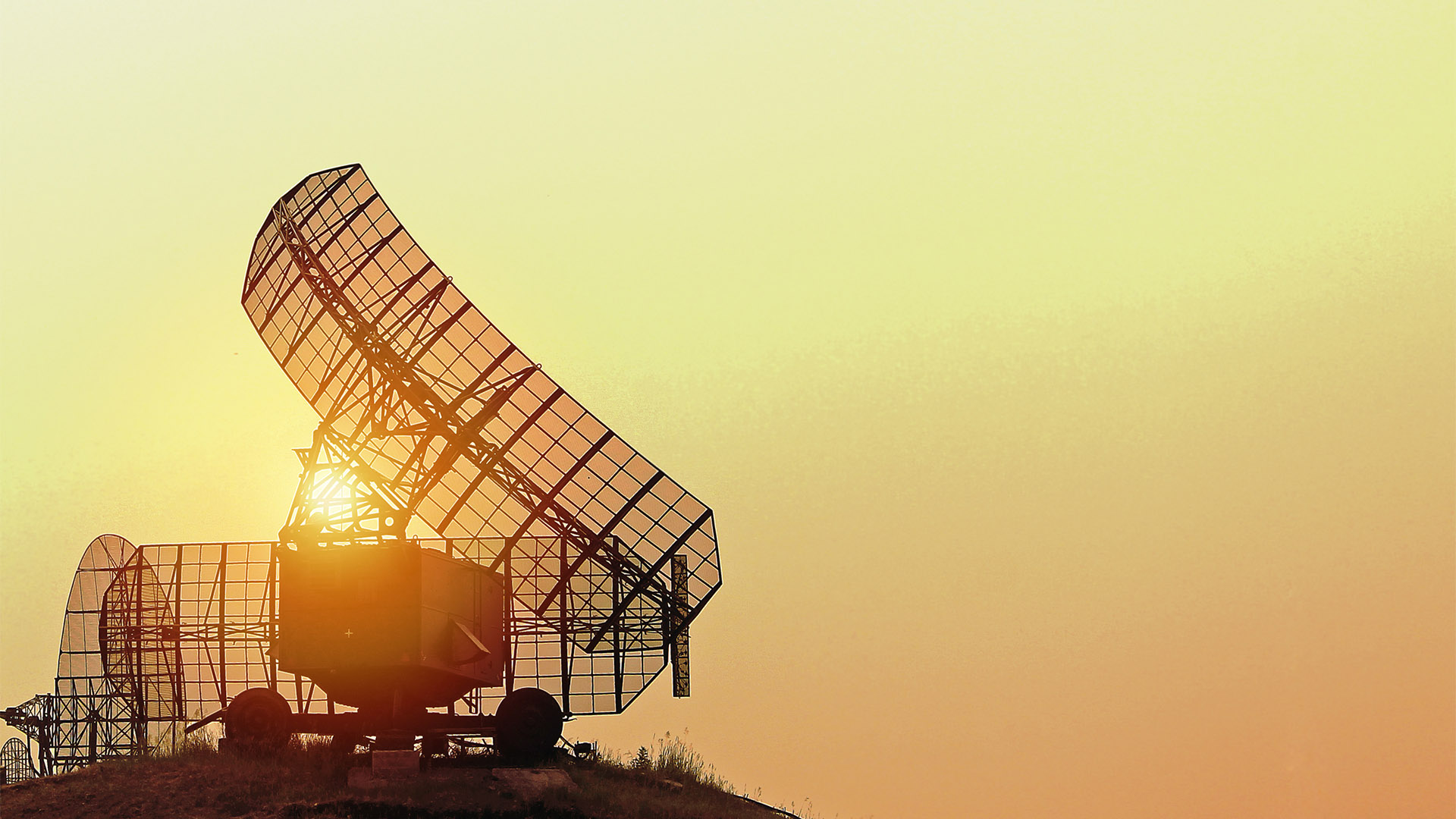The symbolism couldn’t be more striking. Two American astronauts, who journeyed to the International Space Station in June aboard Boeing’s Starliner spacecraft, now face the possibility of being stranded in space for months due to a leak in the vehicle’s propulsion system. NASA is currently exploring the option of sending a SpaceX Dragon spacecraft to rescue them in February.
This unfortunate incident underscores the dramatic rise of SpaceX, the innovative private space company led by Elon Musk, and its dominance over the 108-year-old Boeing, despite Boeing’s storied history in the US space program. The Pentagon is likely to take note of this shift as it plans future allocations of its $800 billion-plus budget. Similar to NASA, the US Department of Defence is increasingly relying on a new generation of Silicon Valley startups to maintain its technological edge, disrupting traditional defence contractors like Boeing, Raytheon, Lockheed Martin, and General Dynamics—collectively known as the primes.
One of the most prominent disruptors, Anduril Industries, recently secured $1.5 billion from venture capital investors, bringing its valuation to $14 billion. Anduril plans to use the funds to expand Arsenal-1, a cutting-edge factory designed to “hyperscale” the production of thousands of autonomous combat drones as part of the Pentagon’s Replicator program. This initiative aims to deploy thousands of autonomous systems within the next 18 to 24 months.
Russia’s full-scale invasion of Ukraine in 2022 and rising tensions with China have renewed concerns about US military readiness. The effective use of inexpensive drones by both Ukrainian and Russian forces, as well as the vulnerability of traditional military hardware, has captured the attention of defence leaders. This has led to questions about whether investing in one more aircraft carrier or 18,000 drones would be more effective for defending Taiwan.
Critics argue that the Pentagon’s technological supremacy has been compromised by its slow adoption of modern software, cloud computing, commercial space technologies, and artificial intelligence. “It’s a story of the US getting ambushed by the future,” said Christian Brose, former staff director at the Senate Armed Services Committee and now Anduril’s chief strategy officer.
Venture capital firms, which had long avoided defence tech, are now rediscovering an appetite for the sector, especially with the Pentagon as a massive and reliable customer. According to PitchBook, VCs have invested over $120 billion globally in the defence sector over the past three years, although this pace has slowed in 2024.
A Global Defence Uplift
In Europe, the defence tech sector is also gaining momentum. In July, German AI defence startup Helsing raised €450 million, reaching a valuation of nearly €5 billion. NATO has launched a €1 billion innovation fund focused on Europe to support defence startups and has introduced the Diana accelerator program. The European Investment Fund, the EU’s private finance arm, has made defence investments a priority. However, European startups face challenges due to the fragmented nature of national defence procurement. “Europe is very good on the supply side but not very good on the demand side,” said a European policymaker advocating for the creation of a European Iron Dome-style air defence system. “If we were to provide such a demand signal, it would be transformative.”
Australia’s Defence Reinvention
Australia is also experiencing a defence resurgence.
In 2023, the Federal Government unveiled the Defence Strategic Review (DSR), hailed as the most pivotal defence report since World War II. The DSR outlines six key priorities:
- Acquiring nuclear-powered submarines
- Developing long-range strike capabilities and domestic munitions manufacturing
- Enhancing operational capacity at northern bases
- Strengthening the defence workforce
- Integrating disruptive technologies
- Deepening partnerships in the Indo-Pacific
- This comprehensive overhaul will require a “significant financial commitment.”
The rise of counter-drone technology has brought companies like DroneShield (ASX:DRO) into the spotlight. With drones and counter-drone systems used in every global conflict, DroneShield has secured over $200 million in two capital raises over the past six months.
Austal (ASX:ASB), a global shipbuilding and defence company, has delivered over 350 vessels to 59 countries in 35 years. With shipyards across the globe, Austal is a key player in designing and building both commercial and defence vessels, including the Littoral Combat Ship for the US Navy and patrol boats for government agencies.
Electric Optic Systems (ASX:EOS) specialises in defence and space systems, offering remote weapon systems, turrets, laser weapons, counter-drone systems, and space technologies. Their focus is on enhancing combat effectiveness with advanced fire control and weapon systems.
Bisalloy Steel Group (ASX:BIS) manufactures specialised steel plates for sectors including mining, construction, and defence. Their quenched and tempered steel provides superior protection against ballistic threats.
Quickstep (ASX:QHL) is Australia’s largest independent aerospace engineering and manufacturing company, specialising in advanced composite solutions for defence, aerospace, and other high-tech sectors. Quickstep Applied Composites focuses on advanced composite manufacturing for the Advanced Air Mobility (AAM) sector.
These Australian companies are at the forefront of a rapidly evolving defence landscape, demonstrating the nation’s growing capability and ambition.














